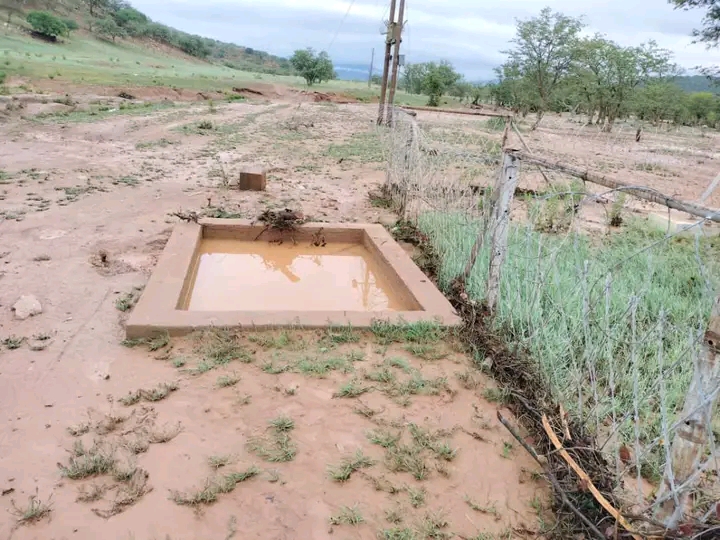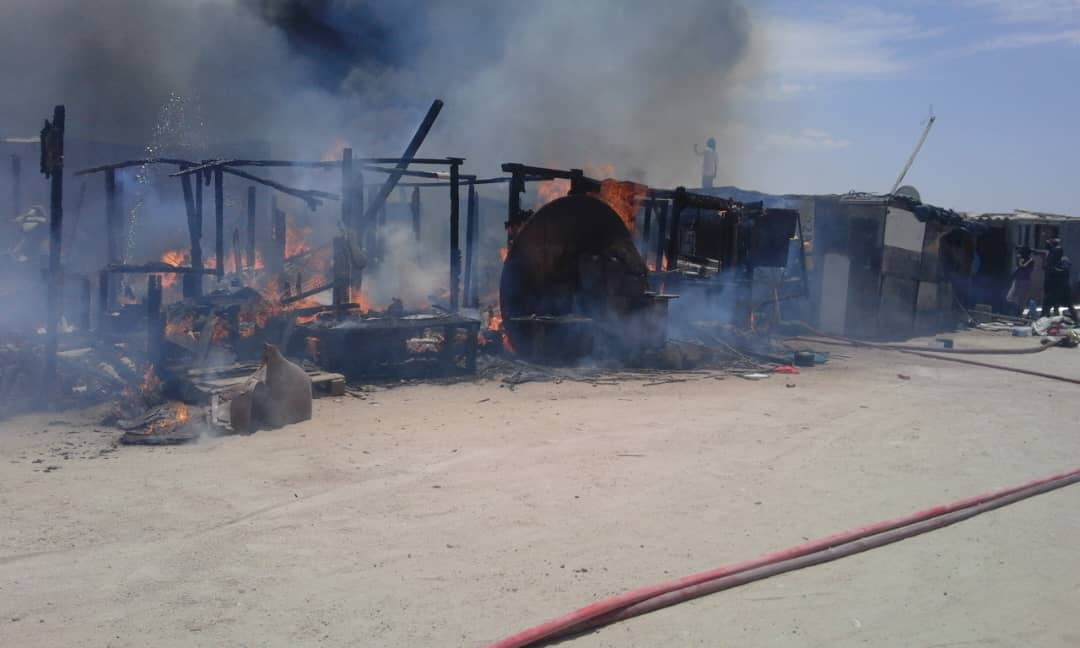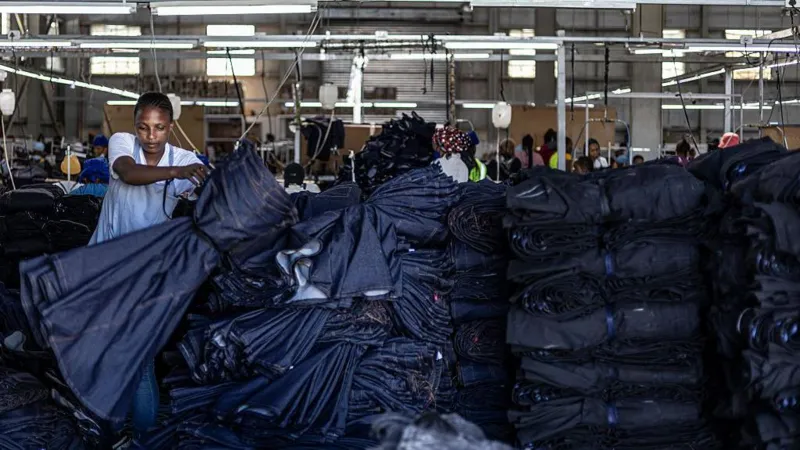THE highest number of tuberculosis (TB) cases in the country has been recorded in the Erongo Region, where about 1 000 patients are receiving treatment.
There has been a significant increase in the number of new TB cases since the advance of HIV-AIDS in sub-Saharan Africa, as the two epidemics fuel each other, Dr Libertina Amathila, Minister of Health and Social Services, said yesterday. She was opening the Kondja TB Centre at the Walvis Bay State Hospital.With an influx of around 160 people a month to the harbour town, Walvis Bay has been hardest hit by the epidemic.King Mandume Muatunga, Mayor of Walvis Bay, said the town’s population had tripled since 1994, from 28 000 to 60 000.More than half of the population live in the township of Kuisebmond, where the latest figure is around 33 000 people.Muatunga said the huge influx of people posed many challenges to the local authority.He mentioned, for instance, that there is a by-law prohibiting urinating in public, but people always argue when told they are not allowed to do it.The growth at the town resulted in the existing TB facility becoming inadequate to contain the ever-increasing burden, specifically of multi-drug-resistant (MDR) patients who carry a particularly contagious form of TB and should be kept in isolation.This form of TB requires 21 months of treatment, instead of the usual six-month course of treatment, and a cure is not always assured, said Amathila.Of the 1 000 current cases in Erongo, 28 are MDR patients.The Minister said the treatment of MDR patients cost three times more than the usual anti-TB drugs provided free of charge by Government.The new facility at Walvis Bay was constructed by the Rotary Club, with assistance from the local business community, at a cost of N$220 000.Bruce Stewart, Chairperson of the Rotary Club of Walvis Bay, said the club had been closely involved with the State Hospital in combating the rampant spread of tuberculosis since 1995.An under-utilised garage block on the premises was converted into a facility with two wards and 11 beds.Cadilu Fishing, Ombaye Fishing and Namcoast Fishing contributed N$110 000 towards the project, while additional financial assistance came from the Rotary Clubs of Edinburgh and the Isle of Man, NamPort, Overberg Fishing and the Paul Coulson Foundation.The Foundation organised special beds from a hospital in Germany and paid for the transport to Namibia.The beds came with mattresses and cabinets and each would cost N$17 000 new.In 2000, the Rotary Club upgraded the TB Clinic at Kuisebmond, also with the financial assistance of the local business community.She was opening the Kondja TB Centre at the Walvis Bay State Hospital.With an influx of around 160 people a month to the harbour town, Walvis Bay has been hardest hit by the epidemic.King Mandume Muatunga, Mayor of Walvis Bay, said the town’s population had tripled since 1994, from 28 000 to 60 000.More than half of the population live in the township of Kuisebmond, where the latest figure is around 33 000 people.Muatunga said the huge influx of people posed many challenges to the local authority.He mentioned, for instance, that there is a by-law prohibiting urinating in public, but people always argue when told they are not allowed to do it.The growth at the town resulted in the existing TB facility becoming inadequate to contain the ever-increasing burden, specifically of multi-drug-resistant (MDR) patients who carry a particularly contagious form of TB and should be kept in isolation.This form of TB requires 21 months of treatment, instead of the usual six-month course of treatment, and a cure is not always assured, said Amathila.Of the 1 000 current cases in Erongo, 28 are MDR patients.The Minister said the treatment of MDR patients cost three times more than the usual anti-TB drugs provided free of charge by Government.The new facility at Walvis Bay was constructed by the Rotary Club, with assistance from the local business community, at a cost of N$220 000.Bruce Stewart, Chairperson of the Rotary Club of Walvis Bay, said the club had been closely involved with the State Hospital in combating the rampant spread of tuberculosis since 1995.An under-utilised garage block on the premises was converted into a facility with two wards and 11 beds.Cadilu Fishing, Ombaye Fishing and Namcoast Fishing contributed N$110 000 towards the project, while additional financial assistance came from the Rotary Clubs of Edinburgh and the Isle of Man, NamPort, Overberg Fishing and the Paul Coulson Foundation.The Foundation organised special beds from a hospital in Germany and paid for the transport to Namibia.The beds came with mattresses and cabinets and each would cost N$17 000 new.In 2000, the Rotary Club upgraded the TB Clinic at Kuisebmond, also with the financial assistance of the local business community.
Stay informed with The Namibian – your source for credible journalism. Get in-depth reporting and opinions for
only N$85 a month. Invest in journalism, invest in democracy –
Subscribe Now!










